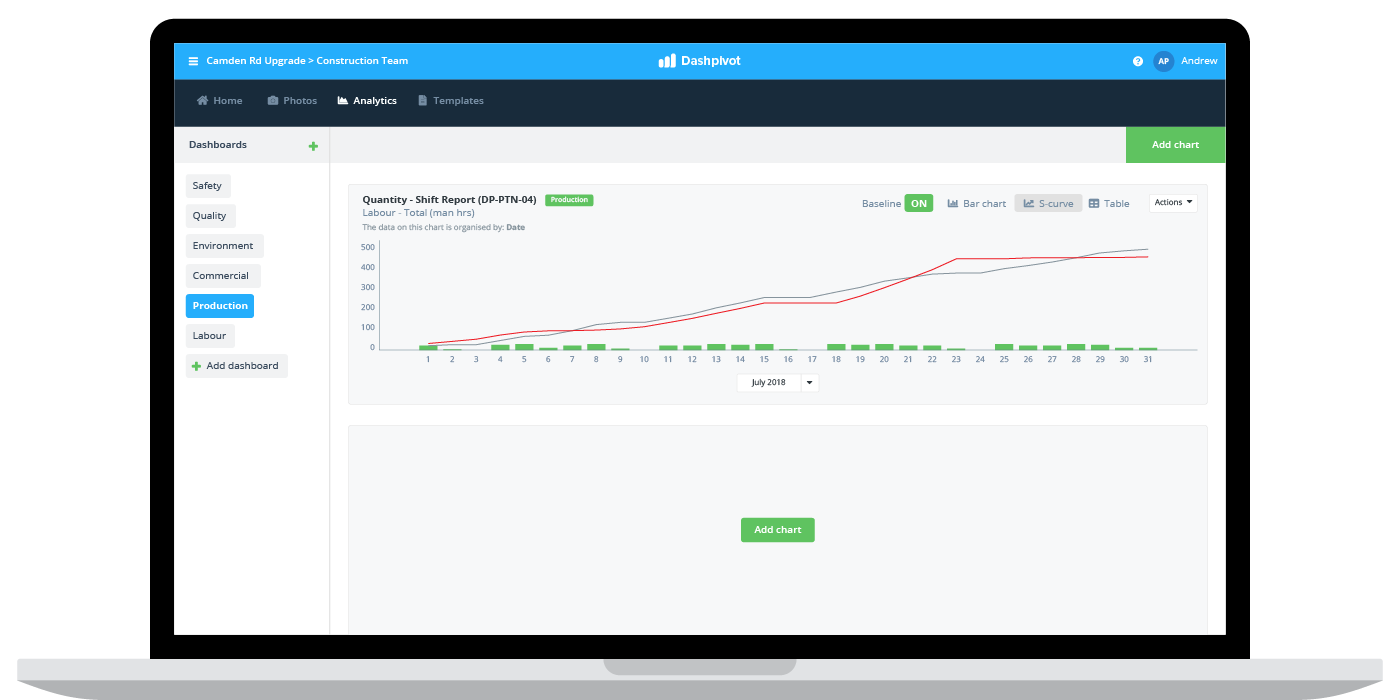Finance – EVM metrics

EVM metrics: Here's what you need to know about those critical EVM metrics
What are the most important EVM metrics?
EVM metrics (metrics for earned value management) are the metrics which project managers and companies use to determine the earned value of their projects as they are being conducted, so that they can gauge performance and ultimately deliver on time and on budget.
All EVM metrics are important because they combine to give a more comprehensive overview of project health than traditional accounting oriented measures which track projects one dimensionally, like how many dollars have we spent vs. what was budgeted.
In contract to this, EVM metrics give project managers and teams tighter and more reliable controls over cost (budget) and time (schedule) which means better decisions can be made and projects can be better controlled.
The three main and critical EVM metrics are planned value, actual cost and earned value.
Earned value is the core EVM metric, but it leans on and requires the other two metrics of planned value (PV) and actual cost (AC) are given context and meaning.
Here are some short explanations of the three key EVM metrics:
Planned value (PV):
This EVM metric is calculated at the beginning of a project, and is the total planned value or total project budget. For example, if a project budget to build a road is $1,000,000, then the total planned value of the project is $1,000,000.
Planned value sets the baseline for schedule performance, meaning if we stay on track with the planned value, we are on course to deliver the project on time.
Actual cost (AC):
This EVM metric is exactly what it sounds like; it's the actual costs incurred on the project so far. If a project has been running for 3 months and cost $200,000, then the actual costs are naturally $200,000.
Earned value (EV):
Earned value, the key EVM metric, enables a project manager to see the amount of value which has been earned or generated on the project so far. For example, a project which is 50% complete and has a budget at completion (BAC) of $1,000,000 will have an earned value of %500,000.
You can read more about the earned value formula here.
How to use these EVM metrics properly
Unlike some other more straightforward metrics, EVM metrics require a deeper comparison and analysis against each other - and against the more peripheral but also important EVM metrics.
Once you have found or calculated your core EVM metrics, you'll want to pull in the other metrics including schedule variance, cost variance and estimate at completion.
These other metrics give context to our base metrics. For example, the cost variance compares our earned value to the actual cost of the project so far so we understand whether we have spent more or less than we should have to reach this amount of earned value. In other words, did we spend the right amount of money to produce this amount of input.
Schedule variance is an EVM metric which does the same thing for the planned value. By subtracting our planned value from our earned value (here's more EVM formulas) we can see whether or not we are ahead of or behind schedule right now.
We can also use our earned value metrics to better forecast what the project is likely to look like at the end now that we have more real-world information and data which has been collected during some prior period of the project.
Instead of forecasting and projecting based on theory, we can use the data we have and these EVM metrics to make more accurate projections - and then adjust our strategies based on these projections.
You will need a comprehensive understanding of all of the EVM metrics to build a complete picture of the current situation.
How to track EVM metrics
Companies work really hard to track their KPI's and key metrics. As is the case with most important business metrics, there are a few ways to approach documenting, tracking and 'scoring' these metrics.
Many of the methods still used today are largely manual, with companies tracking their EVM metrics using spreadsheets and pieces of paper. This has worked for many years, but it also requires a lot of manual data entry and results in slower data movement and slower decision making.
Luckily, the rise of cloud-based project management softwares (like this construction software) have eliminated many of the inputs which slowed down our information management. Instead of project managers having to wait for field and site level data in the form of paper, word docs and PDFs to feed in from site, they can now reconcile and display all of this data in real-time.
Workers are now using mobile and tablets to document work, which means that digital data can move instantly into the project managers domain.
Once here, many modern systems can aggregate all of this data and display it in tracking charts, dashboards and EVM metrics scores.
This evolution in data capture and movement is bringing a new level of power to earned value management. EVM metrics always had the promise of real-time project decisions, and technology is making that a reality today.

Try this software for free.
How to avoid the pitfalls of these and many other metrics
The major problem with the EVM metrics above (and any EVM metric) is that they can never give us a full picture of project health and or performance.
Even every EVM metric calculated perfectly doesn't account for the quality of work being completed, the safety outcomes on a project or the stakeholder relations built.
This are also key project metrics, even if they are sometimes harder to quantify.
Project managers and companies should use EVM metrics to gauge the performance of a project on a time and cost basis, but they will also need to track and maintain their safety KPI's, quality KPI's and environmental outcomes.
The only way to avoid the pitfalls of any specific earned value management metric is to document and track other aspects of project performance well too.
For many companies, this is a large task, and usually involves a lot of record and tracking consolidation. For others, this means managing certain managers and metrics to ensure they are prioritised and cared about.
But for all companies, EVM metrics are some of the most important tools they have at their disposal - and they should be used wisely.
People in 100+ countries use this software to improve how they document and track their EVM metrics.
